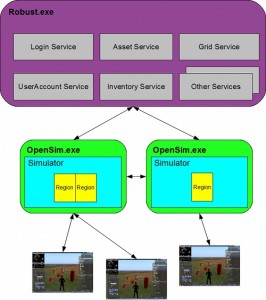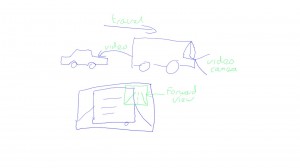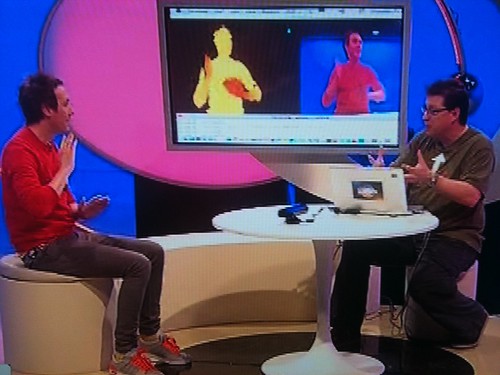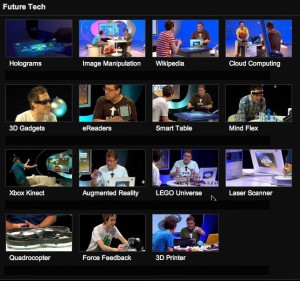Today a report was published by NESTA written by Ian Livingstone OBE and Alex Hope into the educational and institutional shortcoming and development needs to ensure that ‘the UK can be transformed into the world’s leading talent hub for video games and visual effects.’ I realise the Uk angle is rather parochial but it is important to all countries and organisational units to pay attention to this.

(picture from NESTA with Little Big Planet Copyright Sony Computer Entertainment
The full report is here.
The report attracted my attention with my BCS animation and games development group hat on. The BCS as an IT professions organization seeks to offer an umbrella for the growth of skills and the nurturing of talent and interest in the technology sector. (Formerly called the British Computer Society). The BCSAGD group is trying to help promote awareness of the depth of skills and talent in the games industry as much as it is trying to help the games industry map to what goes on in the apprently more serious IT industries.
Having worked across all these industries, and now also encorouaging kids into tecnology via The Cool Stuff Collective TV show I know that whilst games have some specific challenges the core of the industry has the same profile as an computing based industry. The challenges of design, code, test and run and having to deal with constant disruptive innovation applies to all industries. It benefits, though, from being things that people can see and create. You don’t teach music by showing the inside of a piano, but its great to know how it works to get the best out of it.
I think the reach of the BCS into traditional games industries is pretty low, yet when you read this reports findings you cant help but notice we are all heading for the same noble goals.
The following is an extract of the key reccomendations from the above report.
Schools
Bring computer science into the National Curriculum as an essential discipline.
Sign up the best teachers to teach computer science through Initial Teacher Training bursaries and ‘Golden Hellos’.
Use video games and visual effects at school to draw greater numbers of young people into STEM and computer science.
Set up a one-stop online repository and community site for teachers for video games and visual effects educational resources.
Include art and computer science in the English Baccalaureate. Encourage art-tech crossover and work-based learning through school clubs.
Build a network of STEMNET and Teach First video games and visual effects Ambassadors.
Introduce a new National Video Games Development and Animation Schools Competition.
Design and implement a Next Generation of Video Games and Visual Effects Talent Careers Strategy.
Provide online careers-related resources for teachers, careers advisers and young people.
Universities, Colleges and Vocational education
Develop kitemarking schemes, building on Skillset accreditation, which allow the best specialist HE courses to differentiate themselves from less industry-relevant courses.
HEFCE should include industry-accredited specialist courses in their list of ‘Strategically Important and Vulnerable’ subjects that merit targeted funding. Industry commits to these courses through industrial scholarships and support for CPD for lecturers.
Raise awareness of the video games and visual effects industries in the eyes of STEM and arts graduates.
Give prospective university applicants access to meaningful information about employment prospects for different courses.
Develop a template for introducing workplace simulation into industry-accredited video games and visual effects courses, based on Abertay University’s Dare to be Digital competition.
Leading universities and FE colleges sponsor a high-tech creative industries University Technical College (UTC), with clear progression routes into HE.
Kitemark FE courses that offer students the best foundation in skills and knowledge to progress into Higher Education.
Training and continuous professional development
Skillset Creative Media Academies and e-skills UK’s National Skills Academy for IT to work with industry to develop specialist CPD training for video games and visual effects industries.
Support better research-oriented university-industry collaborations in video games and visual effects.
Continue to treat the 18 visual effects occupations on the Government’s shortages list as shortage occupations.
So take a look at the report and see if there is anything, either as a BCS member, as a teacher, as a volunteer, as a parent or as a leading employer that you can do to push these goals.
Having seen the enthusiasm of my kids (the predlets) for creating with technology at a young age we really should level up the sort of education opportunities we give young people from the earliest of ages. Scary for the teachers I am sure but there are lots of us out here to help.





